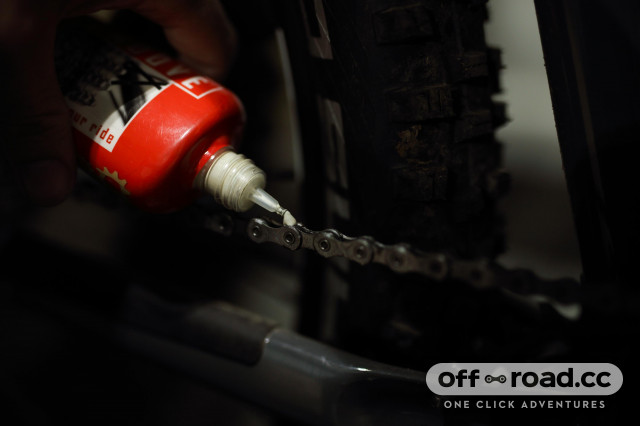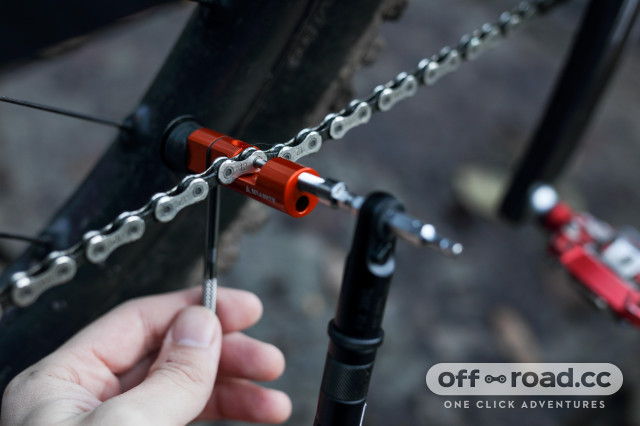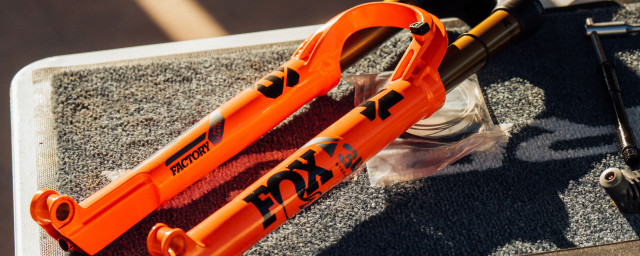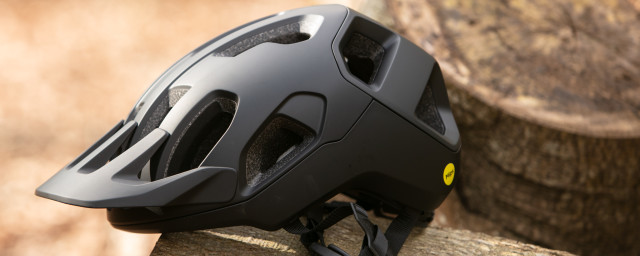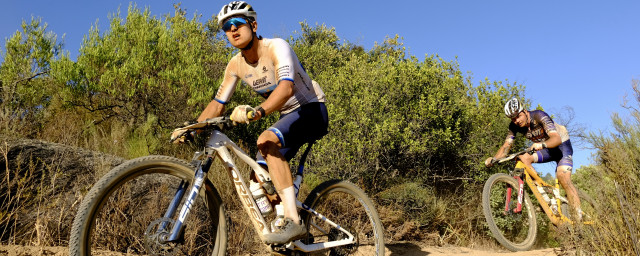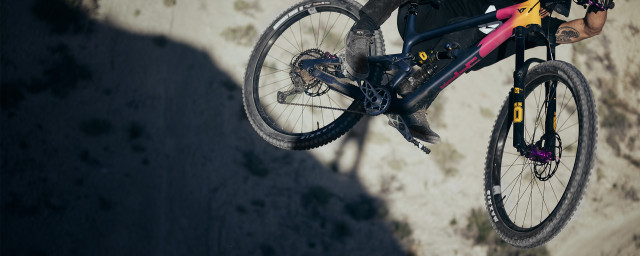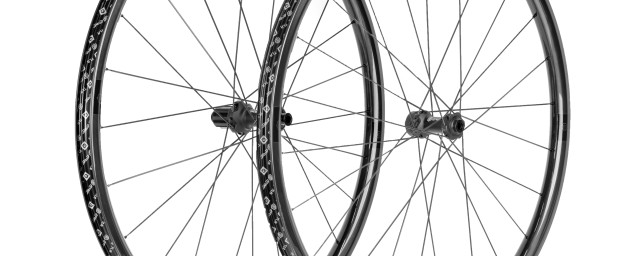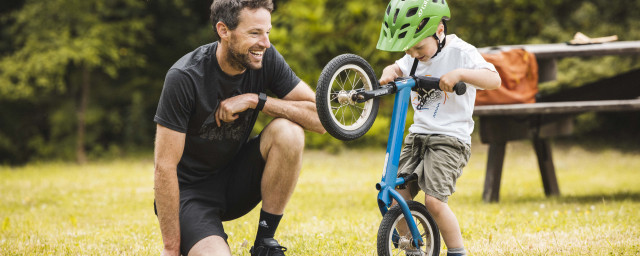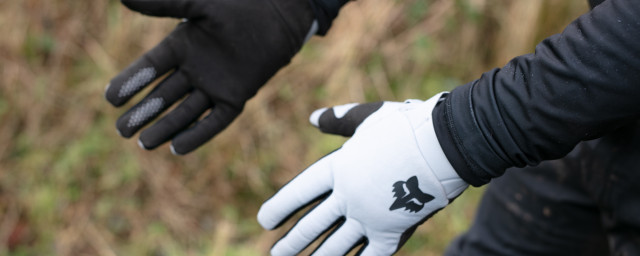Mountain biking on a budget - everything you need to know
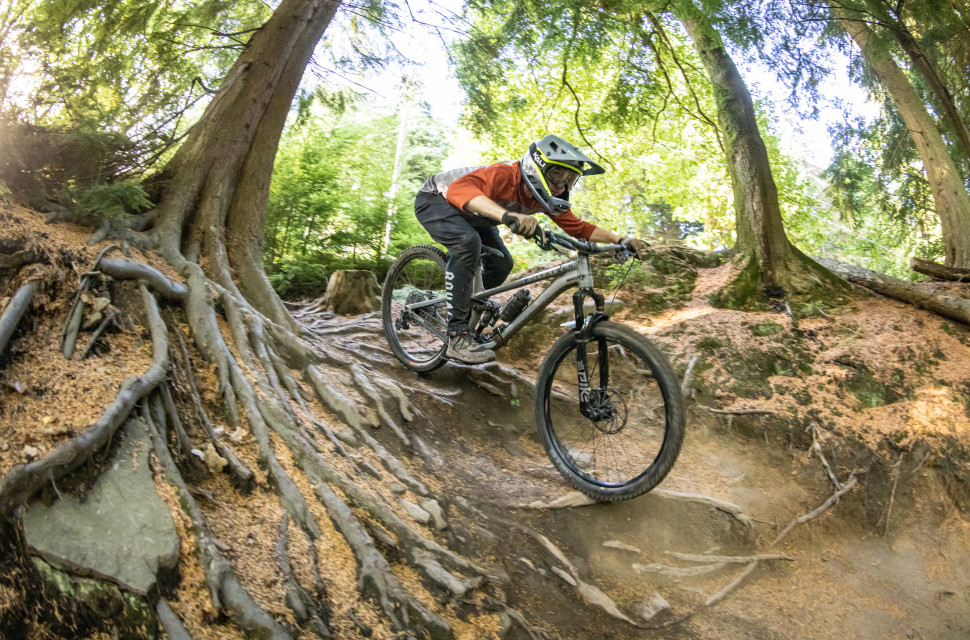
With the best mountain bikes costing thousands, as well as the raft of accessories upping things even further, mountain biking is naturally a rather expensive sport. But it doesn’t need to be, and here, we’ll show you how to can save some cash, while having the best time out in the woods.
- Tubeless mountain bike tyres - everything you need to know
- How to start mountain biking
- 5 ways to boost your bike's performance for free
Start with a rental bike or borrow a mate's
You’ve spent hours trawling through the deepest depths of YouTube and you’ve decided that mountain biking is the sport for you. You might want to get a bit fitter or you like the opportunity it offers to spend plenty of time outdoors or you simply love how cool mountain bikes look.
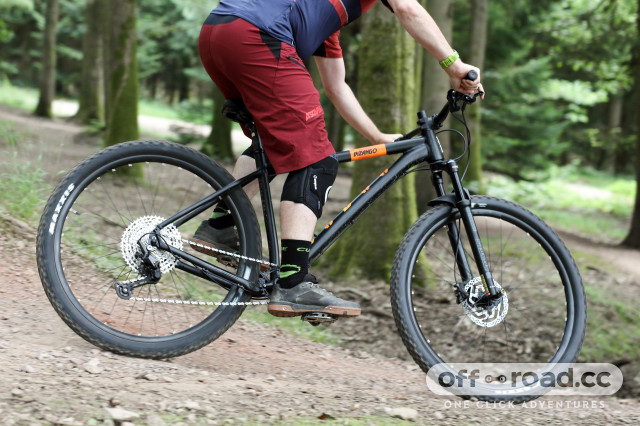
Before you spend upwards of £1,000 on a bike alone, have you tried riding off-road yet? Getting into mountain biking and gravel riding is expensive at the best of times. To pull the trigger on a bike only to find it’s not for you will cost you even more because unfortunately, bikes depreciate rather quickly.
Before you get over-excited and potentially find yourself with a bike-shaped paperweight, try and borrow a mate’s bike to see what mountain biking has to offer. What’s great about doing this is that your mate should show you all of the best singletrack which will certainly get your mouth watering for more.
If you don’t have any mates that have spare bikes, then most trail centres offer a bike rental service where you can pay a fee to ride a bike around for a day. More often than not, these bikes aren’t your typical bone rattlers either. Instead, you can grab anything from a solid hardtail to a full-suspension mountain bike to help nurture your new interest.
Go second hand
One of the greatest joys of riding any kind of bike is New Bike Day but it’s also one of the priciest days a cyclist can face.
With many brands offering direct-to-consumer bikes, as well as shops taking orders online, it’s incredibly easy to fall into the trap of buying new - this can sometimes become a very expensive exercise.
Don’t forget about the second-hand market where you'll find pre-owned bargains. Sometimes the bikes found on Pinkbike, Gumtree or eBay are as good as new - only hundreds of pounds cheaper. Some will require a bit of love but taking it to a mechanic for a once-over will probably still be cheaper than buying a brand-new bike.
Ride what you’ve got
Though if you’ve been riding for a while, it’s likely that the bike you have is already more than enough, unless you’re looking to shift into a new genre of riding or if its standards are obsolete. New bikes aren’t the be-all and end-all so if you’ve already got a bike, keep on riding it and maintaining it - it's also sometimes cheaper just to buy a few extra upgrades. That way, you’ve already saved yourself thousands.
Buy last season's kit or wait for Black Friday before making your next big purchase
Every year bike shops drastically reduce the price of their bike stock in order to make way for the next year's models. There's nothing wrong with these bikes and often, it's just a change of colourway or specification. Waiting for sales is simply the best way to get a great deal on a new bike.
Black Friday is another excellent example. We saw an £8,000 top-of-the-range Lapierre Spicy have its price halved in last year's Black Friday sales. So when the time comes, get trawling your favourite stores.
Keep on top of your maintenance
They call it preventative maintenance for a reason. Keeping your bike in tip-top condition by taking your suspension in for servicing and keeping the pivots working properly only extends the life of your bike’s vital components. Get caught sleeping on this and you’ll be left with a hefty repair bill.
Similar goes for your drivetrain. Keeping it clean and lubricated will extend its lifespan, saving you from having to spend on fresh kit more often than you should.
Make wise investments
Knowing which products to spend a little more on comes with time and building up your knowledge base. Off.road.cc is a good place to start as we've tailored our content around helping riders of all skill sets and technical understanding.
Sometimes, it’s just more cost-effective to spend a bit more as some kit has been designed and manufactured to last. Look for terms such as ‘user serviceable’ and do your best to find out whether or not there’s a good supply of replacement parts. For example, you’ll be better off in the long run, spending more on a good and user-serviceable flat pedal than something cheap and nasty - that way you or a mechanic can refresh time and time again.
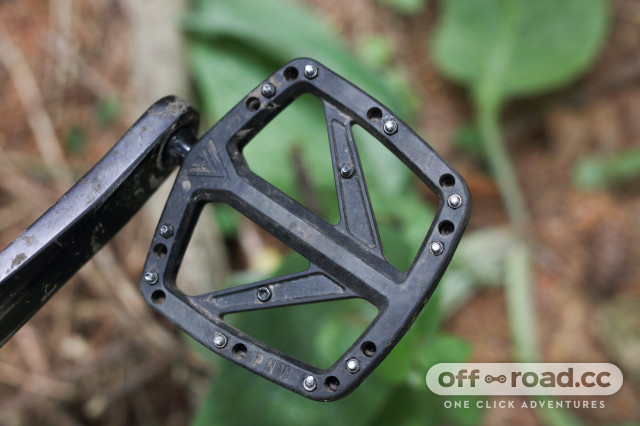
It's also worth noting that when buying secondhand kit or old components, replacement parts may not be available anymore, so it's definitely worth trying to stay as current as possible.
In terms of mountain or gravel bikes, consider what you want from that bike and to a point, buy one that you can grow with. That way, you won’t be looking for a new bike once your skills develop a year or two into the sport.
Learn how to work on your bike
While I don’t want to be taking work away from our mechanics, the lifeblood of our sport, learning how to do a few simple tasks on your own bike will save you cash in the long run.
A lot of what can be done to your bike is easy enough to do at home with a bit of know-how. Indexing your gears for instance, as well as knowing how to convert your bike to tubeless is an easy way to save yourself from a trip to your local bike shop.
If you want to go one step further, learn how to bleed your brakes. It’s a simple task that should be done annually to keep your brakes running as best they can.
Though, if you’re uncomfortable doing any of this, just bite the bullet and take your bike to a professional. That way you won’t go wrecking anything should things go wrong, saving you cash.
Bling doesn’t always mean better
Us mountain bikers, we’re like magpies, always attracted to the cool and shiny kit on the market but more often than not, that bling comes at a price.
You may be tempted by the latest Fox 38 Factory fork with that lovely Kashima coating and factory orange colourway but just because it’s more expensive, doesn’t mean that it’s a better choice for you. Products like this come with a load of adjustments that could actually make, or break your ride if you’re not sure of how to set up your mountain bike suspension. If you're a rider who prefers simplicity, you'll save yourself a good chunk of cash by choosing a lower-end fork, with a simpler damper.
The same goes for cranks, taking the beautiful Cane Creek eeWings for example. They’re titanium and look excellent but do they provide £975 worth of a performance boost? They might be lighter but they certainly don’t.
And this isn't just reserved for componentry as there are brands out there who charge a premium for a product that performs exactly the same as another that's a fraction of the cost.
'Buy cheap, buy twice' isn’t true
Even though in many cases it is, many brands have been working very hard to make the sport more affordable and in doing so, they have created some cracking kit. Hunt, for example, has the exemplary Trail Wide V2 wheelset for just a pound short of £350, which makes for a fantastic upgrade if you’ve broken your current wheelset.
All you need to do is put in the research, and read a bunch of reviews to uncover the absolute gems that can be picked up for impressively little money.
You don’t need the most expensive helmet
The sub £100 helmet space is one that’s improved in quality massively through the past couple of years, with many offering a similar build quality, comfort, and tech as what’s found on helmets far beyond that price point. Nowadays, you don’t have to spend more than £50 to get a helmet kitted with Mips or similar.
While pricy helmets do have their place by offering tech not found on more budget-friendly lids, brands are working out ways of integrating rotational impact protection, such as Mips into offerings that are much friendlier on the wallet. So not only are you getting similar levels of comfort and build quality, but you’re also getting a comparable level of protection.
Use non-MTB-specific gear
Just like the bikes, mountain bike-specific kit can be mighty pricy. The best glasses, for example, can reach up to the £230 mark for something such as the POC Devour and even clothing can leave a smoking hole in your wallet.
With that in mind, think of what can be used instead. Safety glasses can be picked up for a few quid and they'll do almost as good a job of keeping your eyes dirt, bramble and wind-free. And while the best mountain bike jerseys look cool, and are built especially for riding in with dropped hems and the like, you don't need this kit. Any moisture-wicking sports t-shirt will keep you comfortable while being a lot cheaper.
Ride to the trails
Ok, so this is one reserved for the lucky few who live close enough to trails to ride to them but riding to the trails doesn’t just benefit the wallet and your car’s fuel tank, as it’ll also improve your overall fitness.


